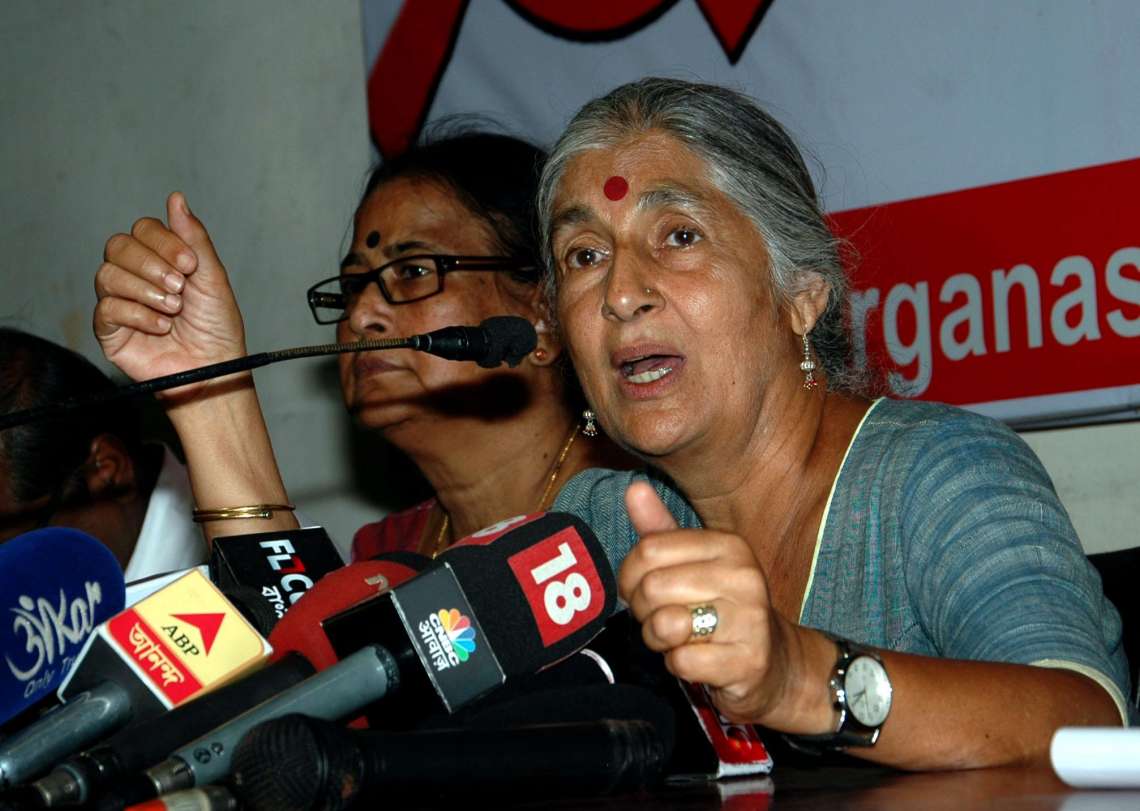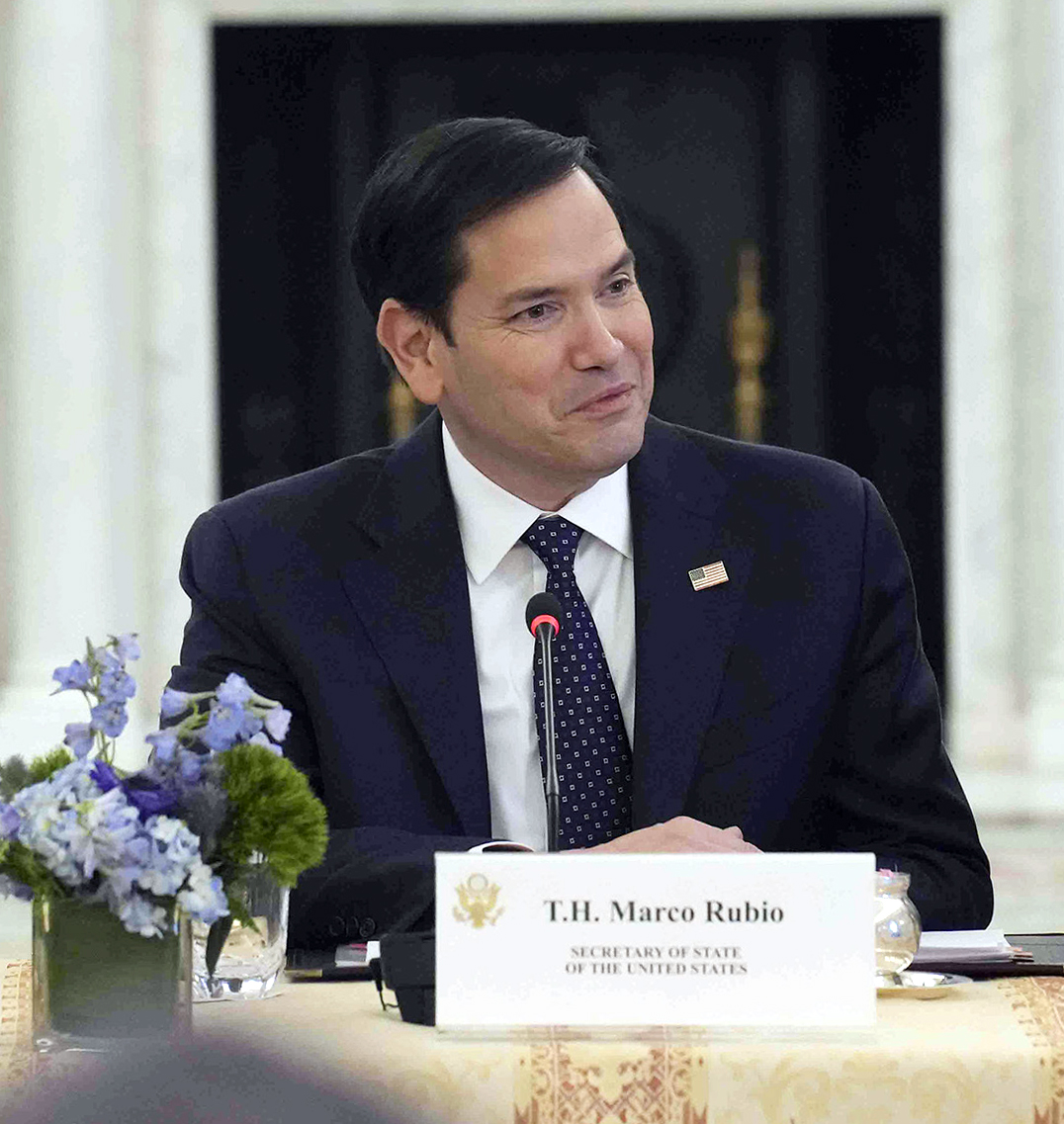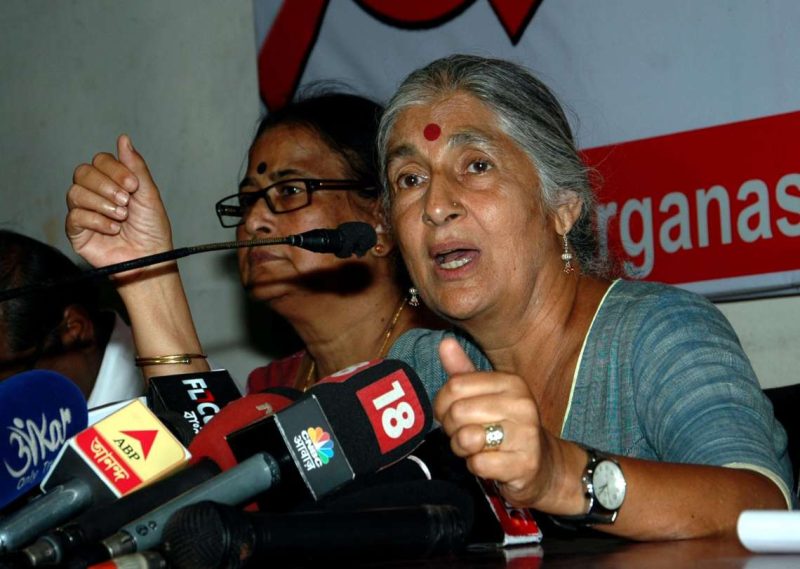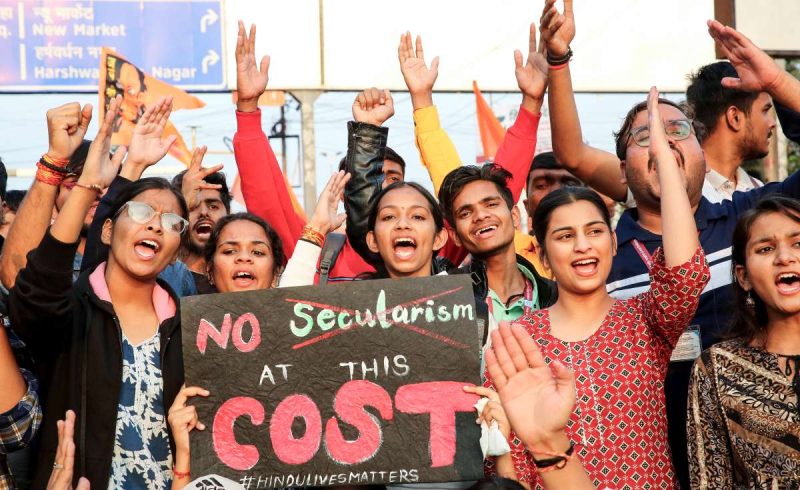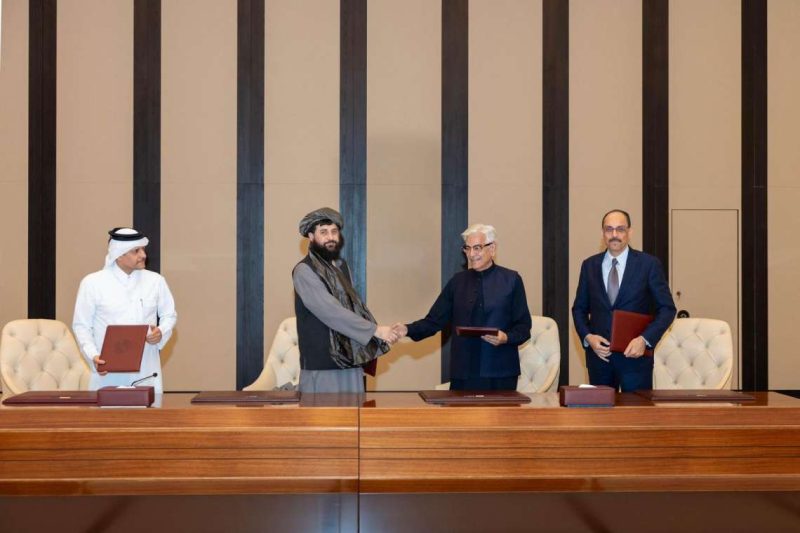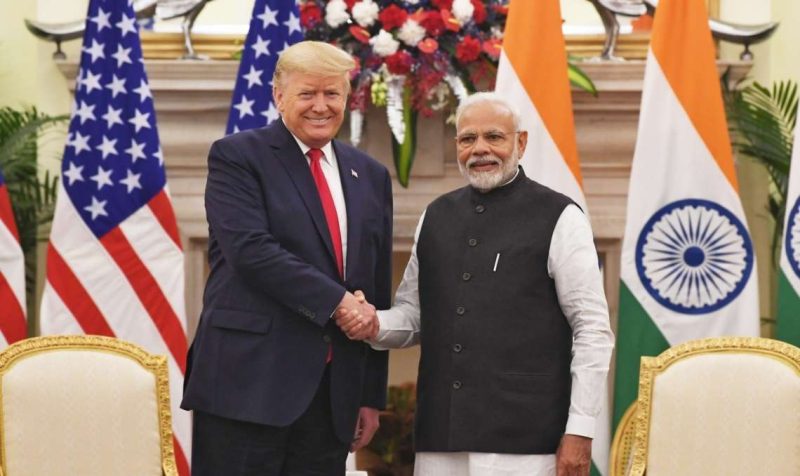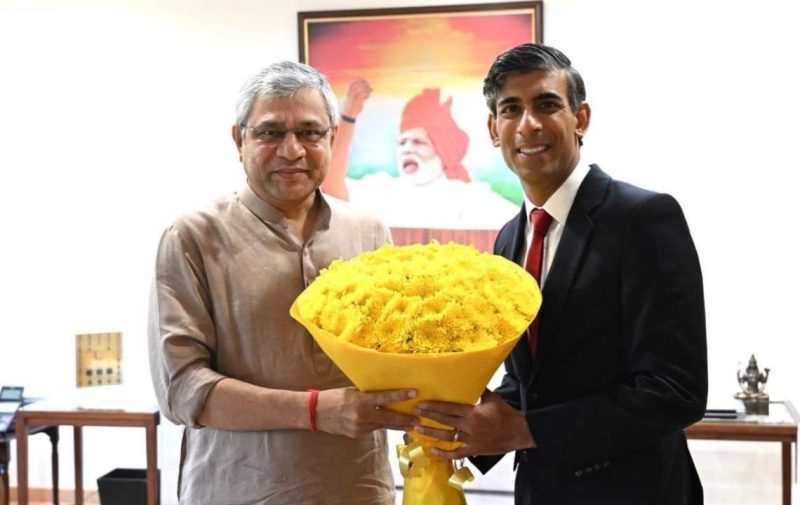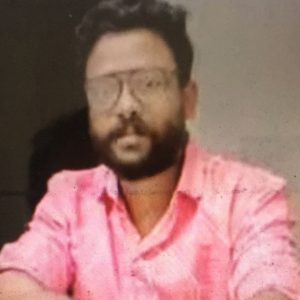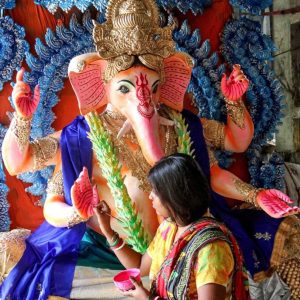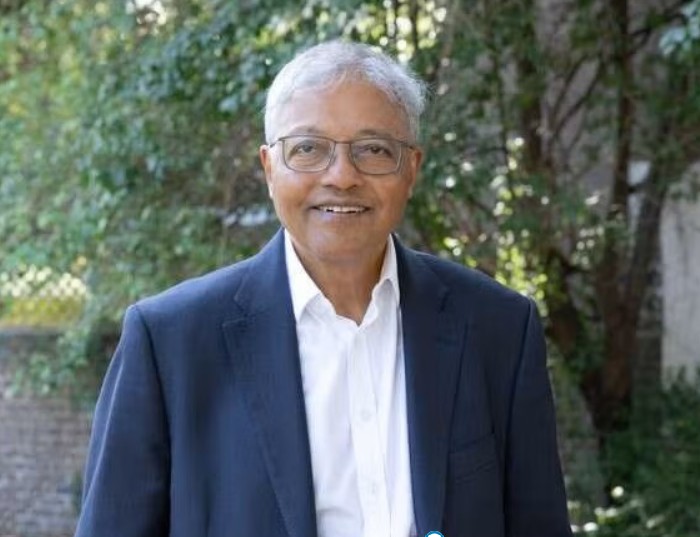
No Indian leader has ever been so fond of an American President as Modi has been of Trump, writes Mihir Bose
India and America have always had a curious love affair. They are like a couple who can never be long together. This was meant to change with the Modi-Trump bhai, bhai, brotherly love, but now such is Trump’s brotherly love that he has imposed a 25 per cent penalty on Indian imports and an extra 25 per cent tariff on purchases of oil and weapons from Russia. Trump has accused New Delhi of indirectly funding Moscow’s war in Ukraine and gone to say that India has a “dead economy”. That this break up has come as India celebrates its 78th birthday as a free nation could not be more dramatic.
Both America and India have a schizophrenic attitude towards each other. This was brilliantly summed up by Prannoy Roy of NDTV as Indians saying “America, leave our country but take us with you.” A joke that was very popular in the 1980s, when the Sikh agitation for Khalistan was at its height, makes a similar point. First Sikh Khalistani agitator: “The moment we get Khalistan we will declare war on the US.” Second Sikh: “Why? Surely the US will annihilate us.” First Sikh: “Yes, but then they will rebuild us, as they rebuilt Germany and Japan, and we will become the most prosperous country on earth.”
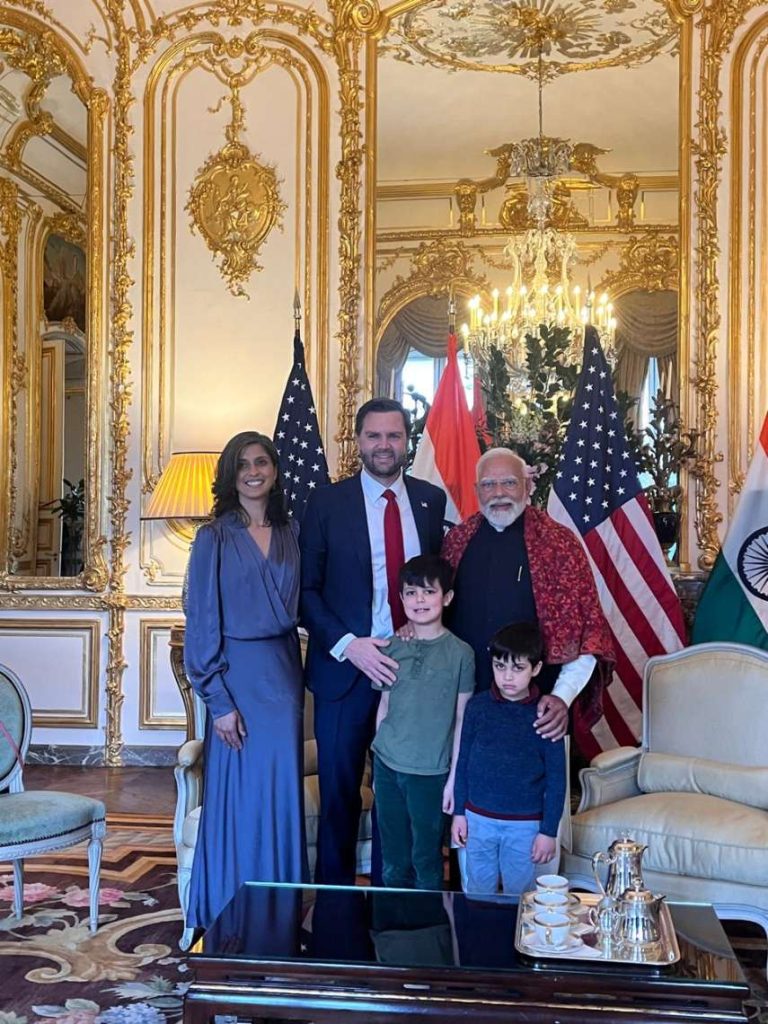
Until this latest Trump drama Modi could claim he had put relations on an even keel. No Indian leader has ever been so fond of an American President as Modi has been of Trump. He has never shared Jawaharlal Nehru’s disdain for America who said, “They are apt to be more hysterical as a people than almost any others except perhaps the Bengalis.”
Nehru had long been fond of joking that one should never go to America for the first time, which may explain why his first visit finally came in October 1949, when he was aged 60. In contrast Modi visited America four months after his election victory but took another fourteen months to get to the UK. Modi’s international crusade on behalf of yoga started in New York with the UN General Assembly voting in favour of an International Yoga Day with much support from America, where yoga is a huge industry. India may buy oil from Russia, but Russia bans yoga, considering hatha yoga the sort of dangerous religious cult that should be discouraged.
Even when Nehru met American Presidents, he did not have any meaningful conversation with them. The first President he met was Harry Trueman who had a White House banquet for him. But with Nehru refusing to engage in any meaningful conversation Truman and his Chief Justice spent most of their time discussing with each other which Bourbon was better: Maryland or Missouri. Secretary of State Dean Acheson confessed that he found Nehru “one of the most difficult men with whom I had ever to deal.” Kennedy’s election in 1960 should have changed the mood music. But when Nehru went to the White House in November 1961, the meeting was dismal. John Kenneth Galbraith, the American ambassador to India, wrote in his diary that in response to everything Kennedy said, “Nehru simply did not respond. Question after question he answered with monosyllables or a sentence or two at most.” Kennedy would later describe the talks as “the worst state visit I have had”—talking to Nehru was like being in a perpetual fog.
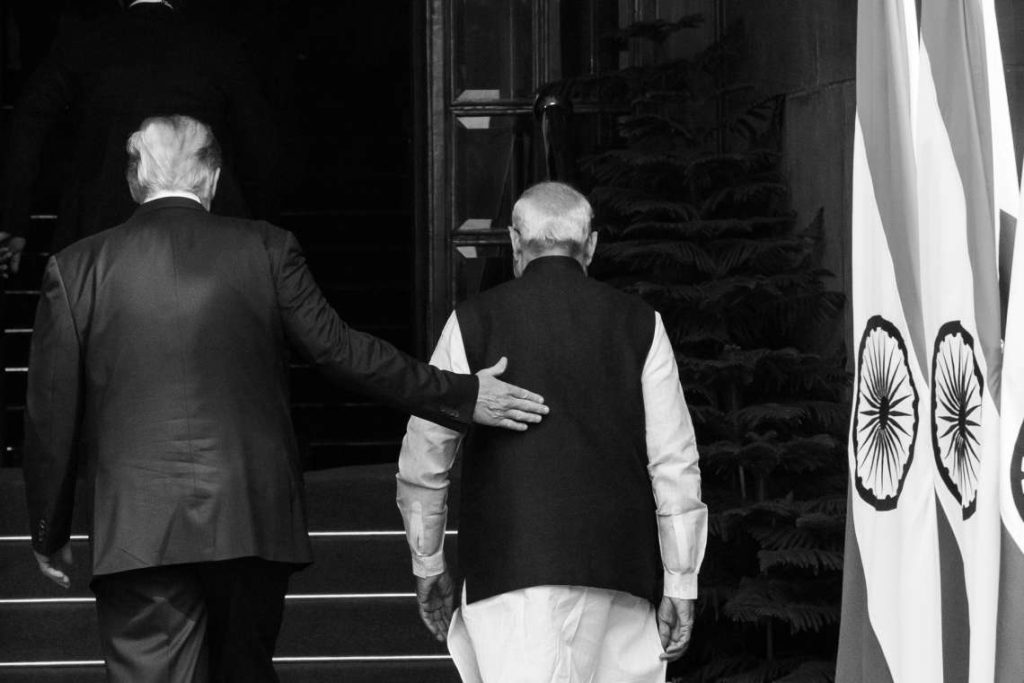
For their part many American Presidents loathed Indians. Richard Nixon said, “I don’t like the Indians. The Indians need a mass famine.” On his first visit to the subcontinent, he called Nehru “arrogant, abrasive and suffocatingly self-righteous.” But “Pakistan is a country I would like to do everything for. The people have less complexes than the Indians. The Pakistanis are completely frank, even when it hurts.” Nixon told Henry Kissinger, his foreign policy adviser, that Indians were “devious, a slippery, treacherous people”, unlike the “straightforward Pakistanis.” To cap it he called Indira Gandhi “the old bitch”.
In 1971 Nixon supported Pakistan when it carried out its genocide in east Pakistan. In December 1971 the Indian army went into East Pakistan to stop the genocide and liberate Bangladesh. Before the Indians could reach Dhaka, Nixon went to the Security Council demanding that India withdraw its troops from East Pakistan. India required a Soviet veto to prevent the UN backing America. Still Nixon would not give up, and as Indian troops neared Dhaka, he sent the Seventh Fleet to the Bay of Bengal.
Nixon saw Yahya Khan, the Pakistani dictator, as a “thoroughly decent and reasonable man.” Kissinger, for whom Indians were “those sons of bitches,” admired Yahya’s Sandhurst training and likened him to Abraham Lincoln. Kissinger even shared secret US intelligence with the Chinese, hoping China would mass troops on its Indian border and force the Indians to abandon their plans to invade East Pakistan and stop the slaughter. Nixon’s decision to back Yahya Khan was based on real politic as Nixon was using him as his “postman” to deliver messages to the Chinese as he negotiated his historic opening to Mao’s China.
For the world’s greatest democracy not to side with the world’s largest democracy on this great moral issue turned the Cold War narrative of a freedom-loving US versus the oppressive Soviet empire on its head. The land of the free was in a shameful alliance with the killers, the evil empire was on the side of the angels.
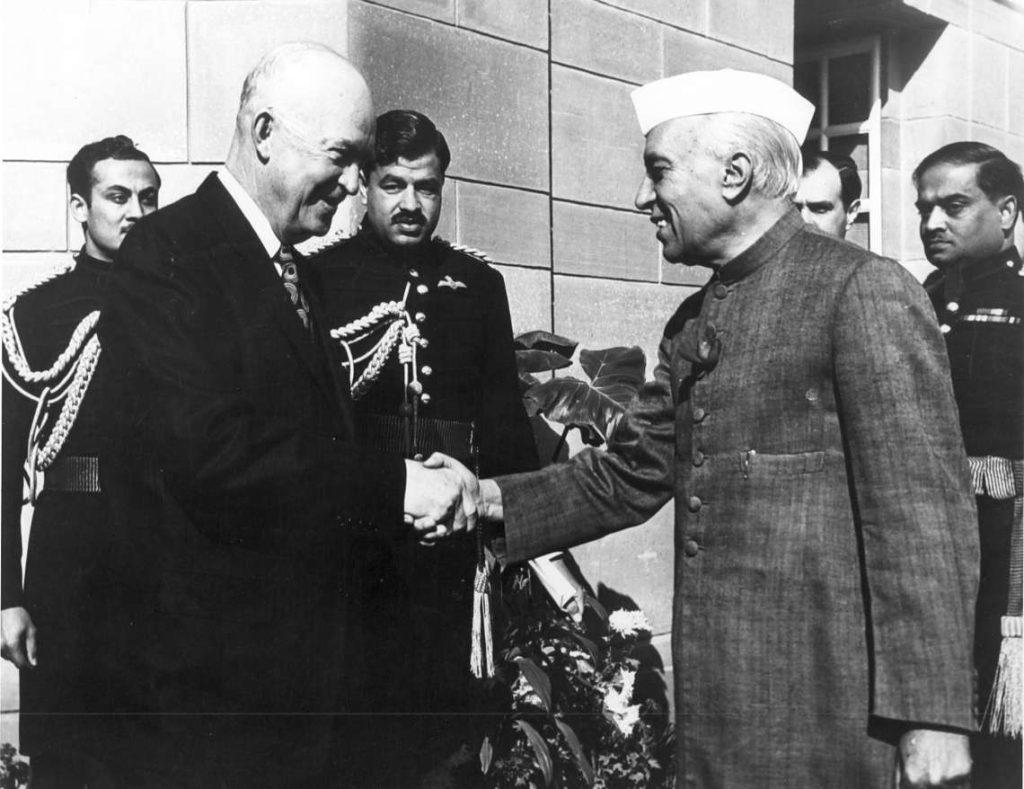
Where the latest bust up is different is that compared to the 60s and 70s there is now a large Indian population in America and many of them are Trump supporters. America until 1960s had a racist policy towards Asian immigration and in 1960 there were only 12,300 Indians in the US: 0.1 per cent of all immigrants, and 2.5 per cent of Asian immigrants. Now there are approximately 5.2 million people of Indian origin according to a 2024 Carnegie Endowment for International Peace article. This represents roughly 1.6% of the total US population. The Indian American community is the largest group of South Asian Americans and the second-largest Asian American group, following Chinese Americans. JD Vance’s wife Usha is of Indian origin and Vance talking in a New York Times interview about his conversion to Catholicism said he felt guilt over its impact on his wife, Usha, who was raised in a Hindu household. While Usha has supported his faith journey, Vance expressed concern over how their new routine has shifted more responsibility onto her, especially with their children during Mass. No change in Trump’s tariff policy can affect that relationship.
Trump has always been aware of the power of this Indian community. Before his election in 2016 Trump courted many well-off Indians, particularly Hindus, who are part of Modi’s constituency. During the campaign, speaking at a fund-raising function organised by the Republican-Hindu Coalition Trump ended his speech saying, “We love the Hindus! We love India!”
Trump’s words echo what one of India’s greatest sons, Vivekananda, said about America. It was America that had made him a world figure following his historic speech at the Art Palace of Chicago on Monday, 11 September 1893 during the World’s Fair. He spoke of Hinduism making it clear it was a world religion and is one of the most historic moments of the last two centuries in Indian history. Americans fell in love with him. Without this American exposure and adulation, it is debatable whether Vivekananda would have become such an iconic figure in India. Vivekananda fell in love with America and said, “I love Yankee land.”
Modi has often spoken of how Vivekananda is a great inspiration for him and could draw lessons from him on how to court America.
Modi’s problem is Trump is a master of twisting the truth. Trump in power likes to paint a rosy picture of an America where everything is going as right as it can be. Out of office, Trump makes wildly false claims as he has about the national unemployment rate and the crime rate to attack Democrats. During his 2016 presidential campaign, for example, Trump claimed the unemployment rate was as high as 42%, even though it was about 5% at the time.
He is doing the same now with tariffs and how Modi deals with it that will show whether India and America will finally prove to be a happy couple.
(Mihir Bose is the author of Thank You Mr Crombie, Lessons in Guilt and Gratitude to the British.)



